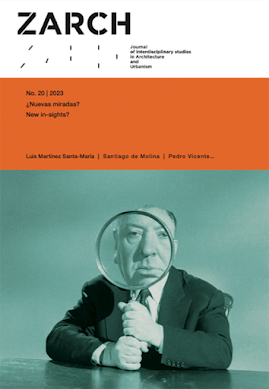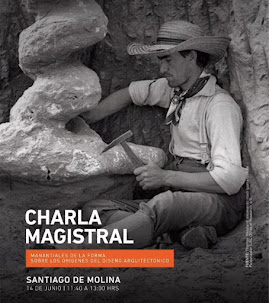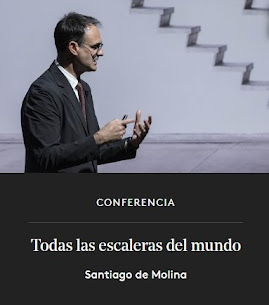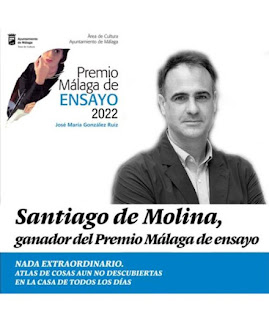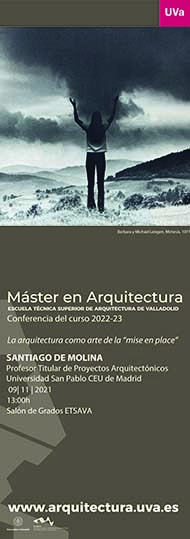Al caminar erguido, los seres humanos dejaron de arrastrarse y adquirieron la capacidad de caminar largas distancias, liberando así las manos para otros fines. Esta liberación fue crucial para el desarrollo de herramientas, que no solo respondían a la necesidad de sobrevivir, sino también a la necesidad de transformar el entorno. Con la verticalidad adquirida, el campo visual del ser humano también se amplió. La cabeza se elevó, y la mirada comenzó a abarcar distancias más grandes. Gracias a su capacidad para soportar hasta el 40% del peso del cuerpo en cada paso, el dedo gordo del pie desempeña desde entonces un papel esencial en la locomoción...
Los japoneses, que de sutileza saben un rato, reconocen culturalmente esta singularidad cuando en su mercado de calcetines han llegado a escindir estas prendas en dos partes, una para el dedo gordo y otra para el resto de los dedos. Puede que esto sea interpretado por la insensibilidad occidental como una anécdota, fruto de la necesidad de llevar chanclas sujetas entre ese dedo gordo y el resto del pie, pero lo cierto, quiero pensar, es que su motivo fundamental es enmarcar y homenajear la singularidad de este dedo, de dos falanges frente a las tres que tienen el resto de los dedos del cuerpo.
Así pues, y tras esta digresión sobre calcetines, puede concluirse que la arquitectura no comienza con una cabaña primitiva hecha de pieles, huesos o madera, o con la oquedad de una cueva y el nacimiento del fuego, sino con un leve cambio anatómico, localizado en un lugar algo indigno por la suciedad que lo rodea y su cercanía con el suelo.
En ese dedo, feo y gordo, pero contenedor de razones teóricas más sólidas que las de los tratados de Serlio y Vignola, se encuentran los cimientos de nuestra capacidad para construir, para proyectar y para habitar el mundo por medio de la arquitectura.
Por eso, arquitectos, cuando nuestros juanetes nos martiricen, recordemos que va con nosotros ese Vitruvio secreto, usualmente cubierto por cuero o zapatillas deportivas. Mostrémosles agradecimiento. Y vayamos al podólogo.
By walking upright, humans stopped crawling and acquired the ability to travel long distances, thus freeing their hands for other purposes. This freedom was crucial to the development of tools, which responded not only to the need to survive but also to the urge to transform the environment. With the acquisition of verticality, our field of vision expanded. The head rose, and the gaze began to reach farther. Thanks to its ability to bear up to 40% of the body's weight with each step, the big toe has since played an essential role in locomotion…
The Japanese—who know a thing or two about subtlety—recognize this anatomical particularity in their sock market, where socks are split into two parts: one for the big toe, and one for the rest. Western insensitivity might dismiss this as a cultural quirk, born from the need to wear thong sandals held in place between that big toe and the others. But the truth is—I'd like to believe—that its deeper purpose is to frame and honor the uniqueness of this toe, with its two phalanges, unlike the three found in every other toe on the body.
So, after this digression on socks, we might conclude that architecture does not begin with a primitive hut made of skins, bones, or wood, nor with the hollow of a cave and the birth of fire, but rather with a slight anatomical change—located in a somewhat undignified place, dirtied by its nearness to the ground.
In that toe—ugly and thick, yet bearer of theoretical arguments more solid than those found in the treatises of Serlio and Vignola—lie the foundations of our ability to build, to design, and to inhabit the world through architecture.
So, fellow architects, when our bunions start tormenting us, let us remember that we carry with us that secret Vitruvius, usually hidden beneath leather or running shoes. Let’s show it some gratitude. And go see the podiatrist.





























_-_left_hand_screen,%20imagen%20wikipedia.jpg)













